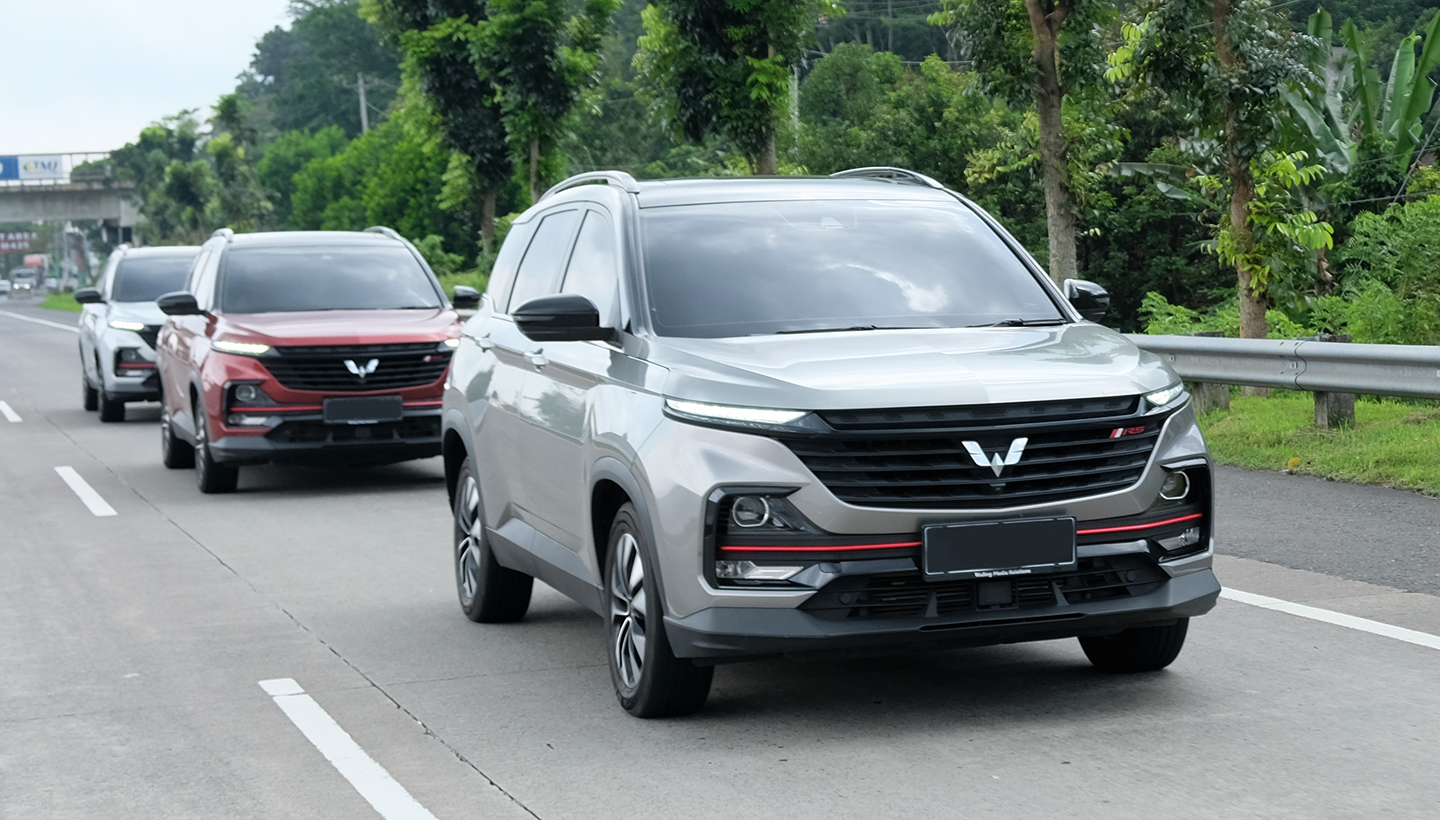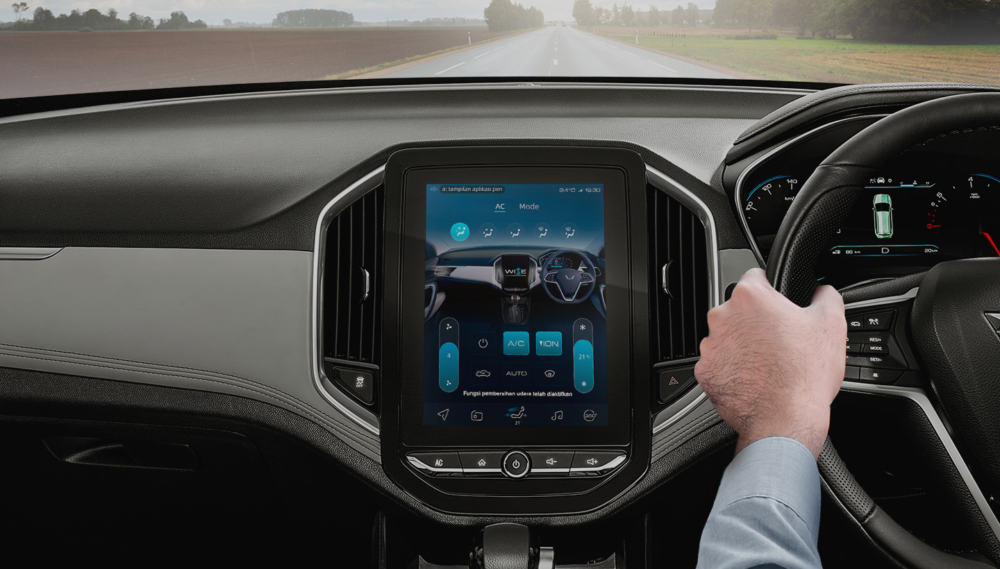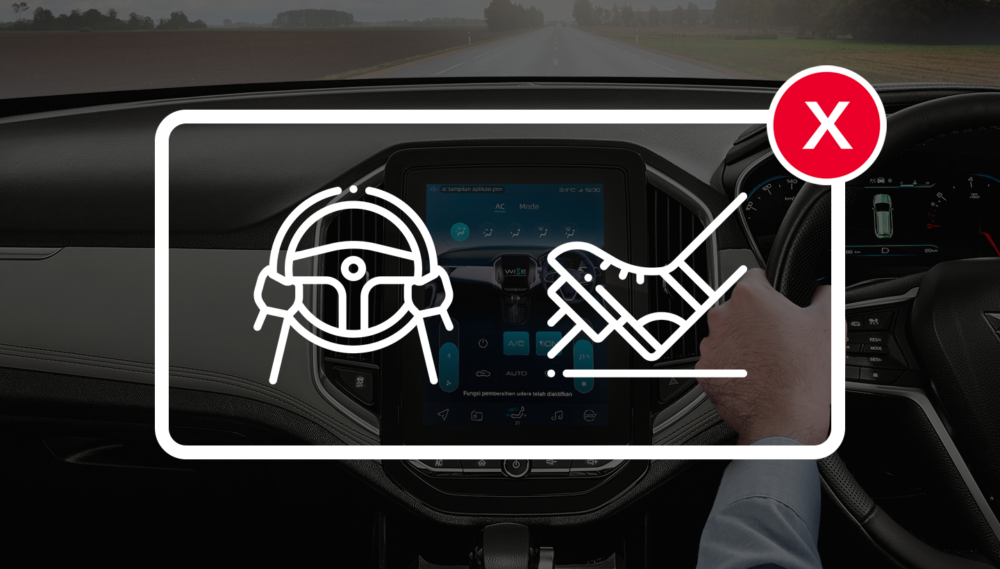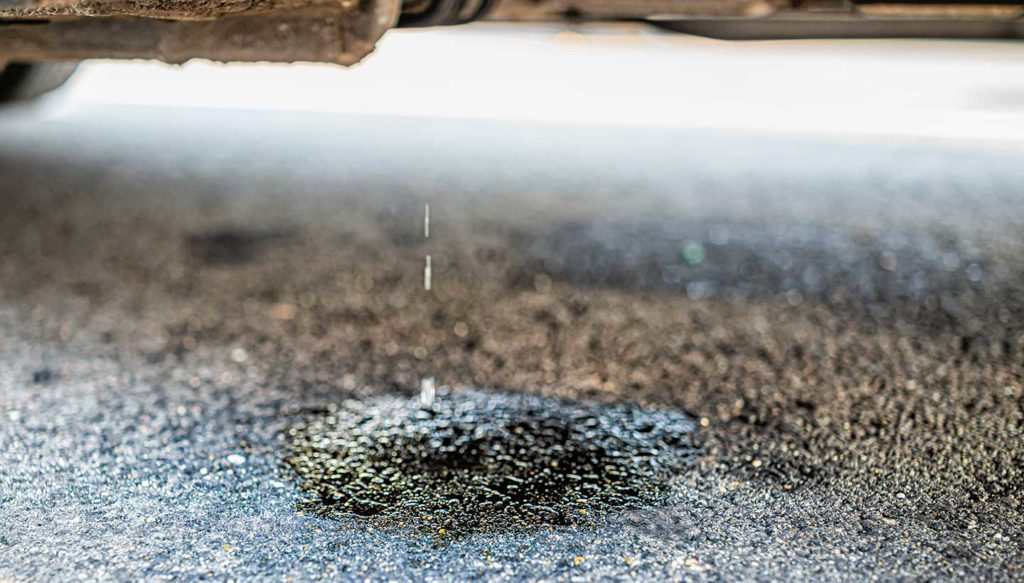
Driving a car can be an exciting activity, whether you're alone, with friends, or with family. However, this activity also carries risks that can endanger yourself and others around you. One such risk is the occurrence of multiple collisions, often seen on highways.
While long-distance driving poses potential dangers, there are effective ways to avoid multiple fatal collisions. Here are some tips to help you stay safe and prevent such accidents:
1. Check Your Vehicle's Condition Before Driving
The first step to avoiding multiple collisions is to inspect your vehicle's condition before hitting the road. Ensure your vehicle is in optimal condition, especially for long journeys. Regular maintenance is crucial, including safety features like brakes, wipers, headlights, and taillights.
These safety features aid in maintaining control over your vehicle. If any part of your vehicle is worn out due to wear and tear, replace it before embarking on a long drive.
2. Maintain a Safe Following Distance
Maintaining a safe following distance is fundamental for all drivers. Having ample space between your vehicle and the one in front allows you time to react and take action if the leading vehicle suddenly stops or changes lanes abruptly. On highways, it's advisable not to tailgate. In heavy traffic, maintain a distance of around 3 seconds between your vehicle and the one ahead.
Baca Juga

3. Drive With Full Concentration
Being a responsible driver requires complete concentration and alertness, especially during long journeys. If you're feeling tired or drowsy, take a break at a rest area to stretch and relax.
Distractions like smartphones, in-car monitors, or disruptive passengers can divert your focus. Stay attentive to the road and avoid distracted driving, which not only increases the risk of accidents but also leads to legal consequences.
4. Observe Speed Limits
Excessive speeding is a significant factor in accidents, including multiple collisions. Always observe the posted speed limits indicated on road traffic signs. Avoid exceeding these limits, as high speeds reduce your reaction time and increase the stopping distance required for a safe halt.
Adhering to speed limits isn't just a legal requirement; it's also a crucial safety measure. In adverse weather conditions or construction zones, reducing your speed is vital to accommodate potential hazards.
5. Avoid Stopping on the Roadside
Baca Juga
Whenever possible, avoid stopping on the roadside unless facing an emergency, such as a sudden breakdown or a flat tire. Stopping on the roadside exposes you to the risk of being hit by other vehicles, especially on busy highways or poorly lit roads at night.
If your vehicle encounters mechanical issues or you need a brief rest, aim for proper stopping areas, like rest stops. However, in genuine emergencies, activate your hazard lights and position your vehicle as far away from traffic as possible.

6. Avoid Sudden Stops or Turns
Smooth and predictable driving can prevent multiple collisions caused by sudden stops or turns. Abrupt stops can lead to rear-end collisions, while sudden turns without signaling confuse other drivers and may result in side collisions.
7. Be Cautious Around Larger Vehicles
Large vehicles like trucks and buses have blind spots and require a longer stopping distance compared to regular cars. When driving near these vehicles, exercise caution and remain vigilant. If the opportunity arises to overtake or distance yourself from these vehicles, do so with sufficient space and time.
In addition to the above tips, you can also utilize ADAS (Advanced Driver Assistance System) features to enhance your driving safety. ADAS employs sensors, cameras, and radars to detect objects around your vehicle and provide both passive and active alerts.
One such ADAS feature is Safe Distance Warning (SDW), which alerts you when your vehicle gets too close to the one in front. This warning appears on your instrument cluster.
The Wuling Almaz and Alvez models are equipped with SDW, which is operational at speeds of 65–150 kilometers per hour. When your vehicle is within this speed range and detects a proximity breach with the vehicle ahead, the system issues a warning. This alert prompts you to decelerate and create a safer distance.
SDW and ADAS aren't autonomous driving systems. Your primary responsibility as a driver is to remain alert and in control. By following these seven solutions to avoid multiple collisions and utilizing SDW on Almaz and Alvez models, you can significantly reduce the risk of such accidents, contributing to safer road conditions for all drivers. Prioritize safety every time you're behind the wheel, and drive responsibly to ensure a secure journey for yourself and others.
SHARE:






















